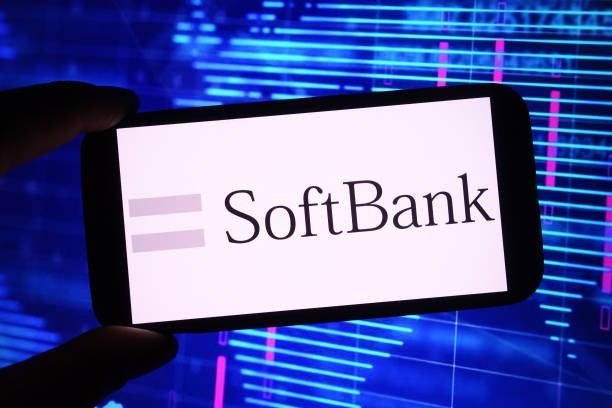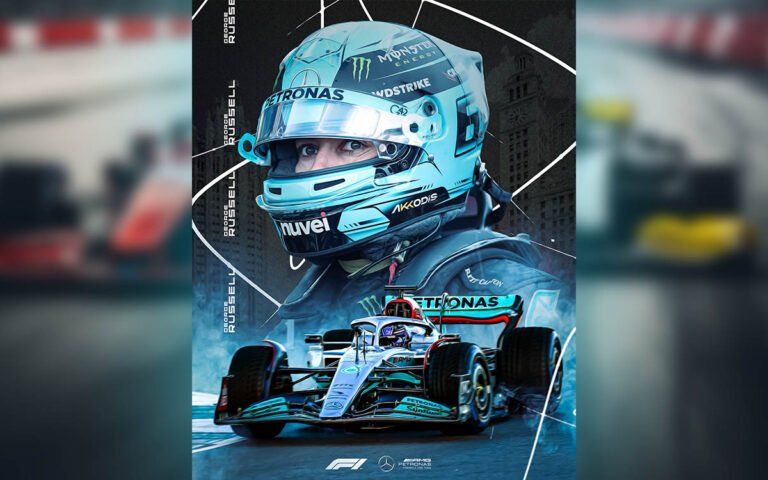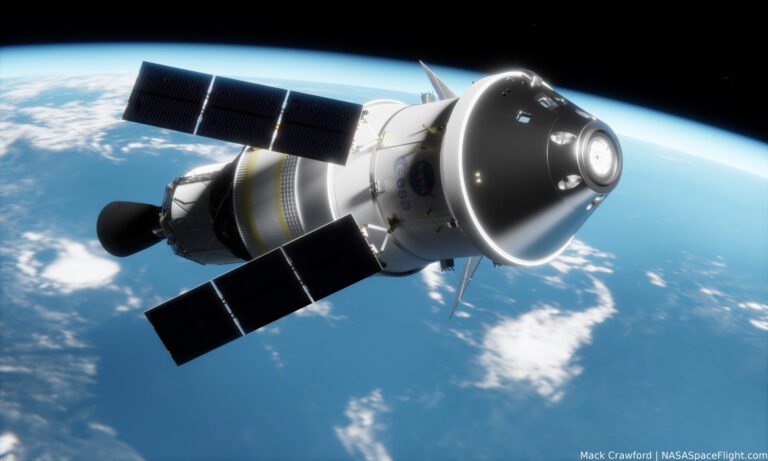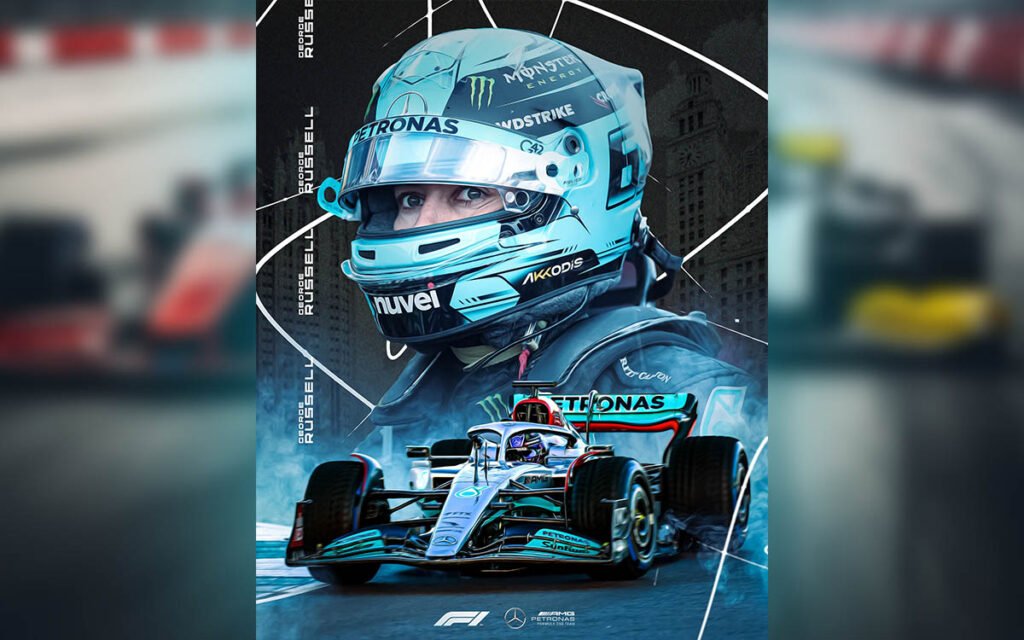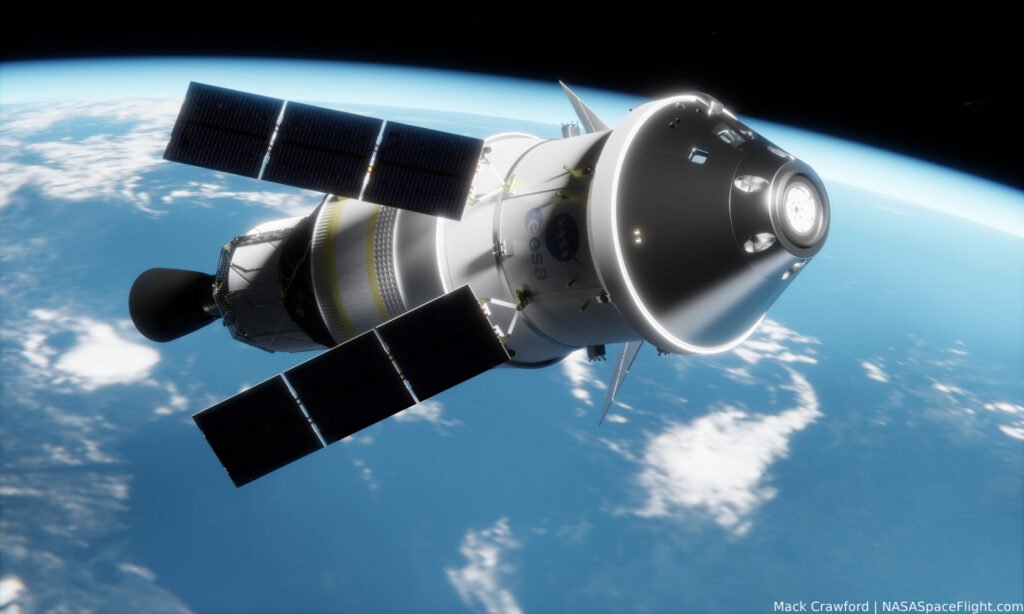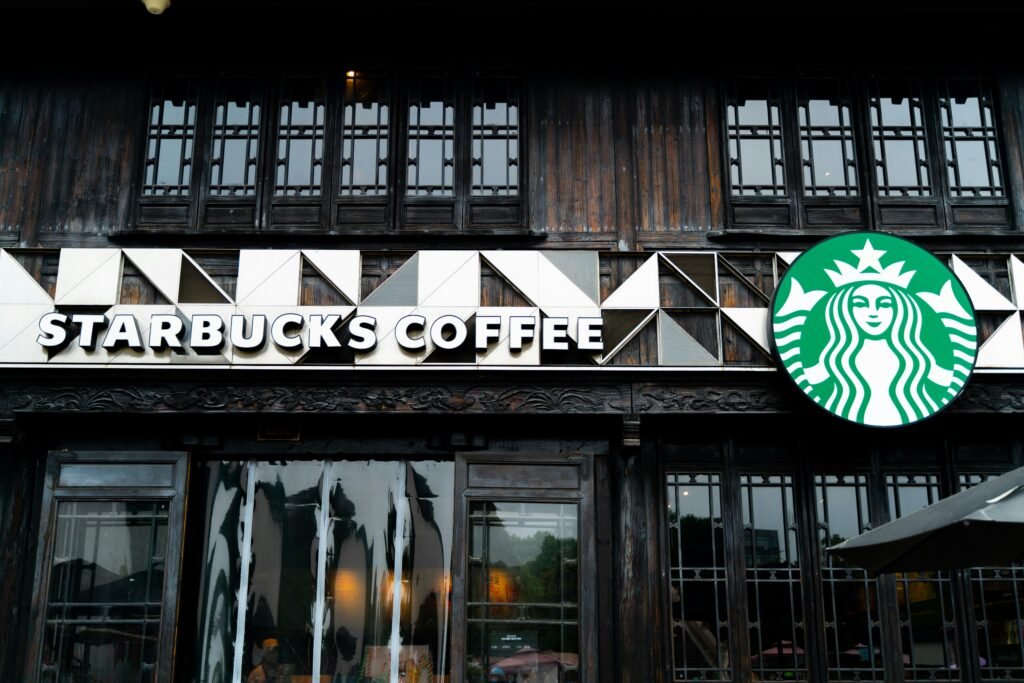Pakistan’s ecommerce landscape in 2025 is transforming at breakneck speed. With over 126 million internet users, rising fintech adoption, and government-backed digital initiatives, ecommerce in Pakistan has entered a new era of scale, sophistication, and cross-border ambition. From hyperlocal delivery models to global logistics integration, the country’s ecommerce narrative is no longer about catching up—it’s about
1. Market Growth: From Nascent to Noteworthy
Pakistan’s Ecommerce Landscape is projected to exceed $10 billion by the end of 2025, thanks to:
- A growing middle class with increasing purchasing power
- Improved access to smartphones and 4G/5G connectivity
- Rising digital literacy among youth and small businesses
- Government initiatives like the National Ecommerce Policy and Digital Pakistan Vision
According to recent estimates by the State Bank and P@SHA, online transactions grew by over 45% YoY in the first quarter alone—reflecting mainstream consumer confidence.
2. Mobile-First Shopping: Apps Take the Lead
Mobile commerce is dominating user behavior. In 2025:
- 75%+ of ecommerce transactions are happening via mobile apps
- Voice search and visual commerce tools are being integrated into top platforms
- Localized UX and regional language interfaces are driving engagement in Tier 2–3 cities
Brands are shifting their entire ecommerce strategy to a mobile-first funnel, optimizing product discovery, checkout, and customer support accordingly.
3. Payment Evolution: Cash to Cards to Wallets
Cash-on-delivery, while still prevalent, is rapidly losing ground to:
- Digital wallets (JazzCash, EasyPaisa, NayaPay)
- Buy Now Pay Later (BNPL) platforms
- QR-code based UPI-style systems
With State Bank of Pakistan’s RAAST enabling instant, free-of-cost peer-to-merchant payments, trust in digital transactions is finally gaining critical mass.
4. Fulfillment & Logistics: Speed is the New Loyalty
Consumers now demand next-day delivery, even in non-metro areas. Leading ecommerce players are:
- Building micro-fulfillment hubs across provinces
- Partnering with 3PL startups like Rider, PostEx, and Trax
- Integrating real-time delivery tracking and AI-based route optimization
Seamless delivery and return processes are now core brand differentiators, especially in fashion, electronics, and beauty categories.
5. Social Commerce & Influencer-Driven Sales
TikTok Shops, Instagram Checkout, and WhatsApp Catalogs are reshaping the path-to-purchase:
- Influencer marketing is no longer a side tactic—it’s a conversion channel
- Live shopping events and shoppable videos are driving instant impulse purchases
- Regional micro-influencers are enabling community commerce in local languages
In 2025, trust is currency—and peer validation is often more powerful than price.
6. Cross-Border Ecommerce: From Local to Global
Pakistani merchants are increasingly tapping into:
- Amazon Global Selling (via Amazon.pk access)
- Shopify, Etsy, and Daraz Global marketplaces
- Strategic partnerships for warehousing in UAE, UK, and KSA
The ‘Export Digitally’ initiative is helping SMEs onboard globally, offering subsidies for payment gateways, product certification, and international shipping.
7. The Road Ahead: Opportunities & Challenges
Opportunities include fintech and payment innovation, women-led ecommerce businesses, the rise of agri-commerce and regional product platforms, and ecommerce SaaS growth.
Challenges persist around cybersecurity, infrastructure gaps in remote areas, and limited VC access for ecommerce startups.
Conclusion
Pakistan’s ecommerce in 2025 is no longer an experiment—it’s a multi-billion-dollar economy in motion. The coming years will define which platforms evolve into consumer ecosystems, which startups disrupt legacy retail, and how Pakistan positions itself on the global ecommerce map. For businesses and investors, this is the moment to move fast, scale smart, and think borderless.
Read more on Ecommerce Articles


